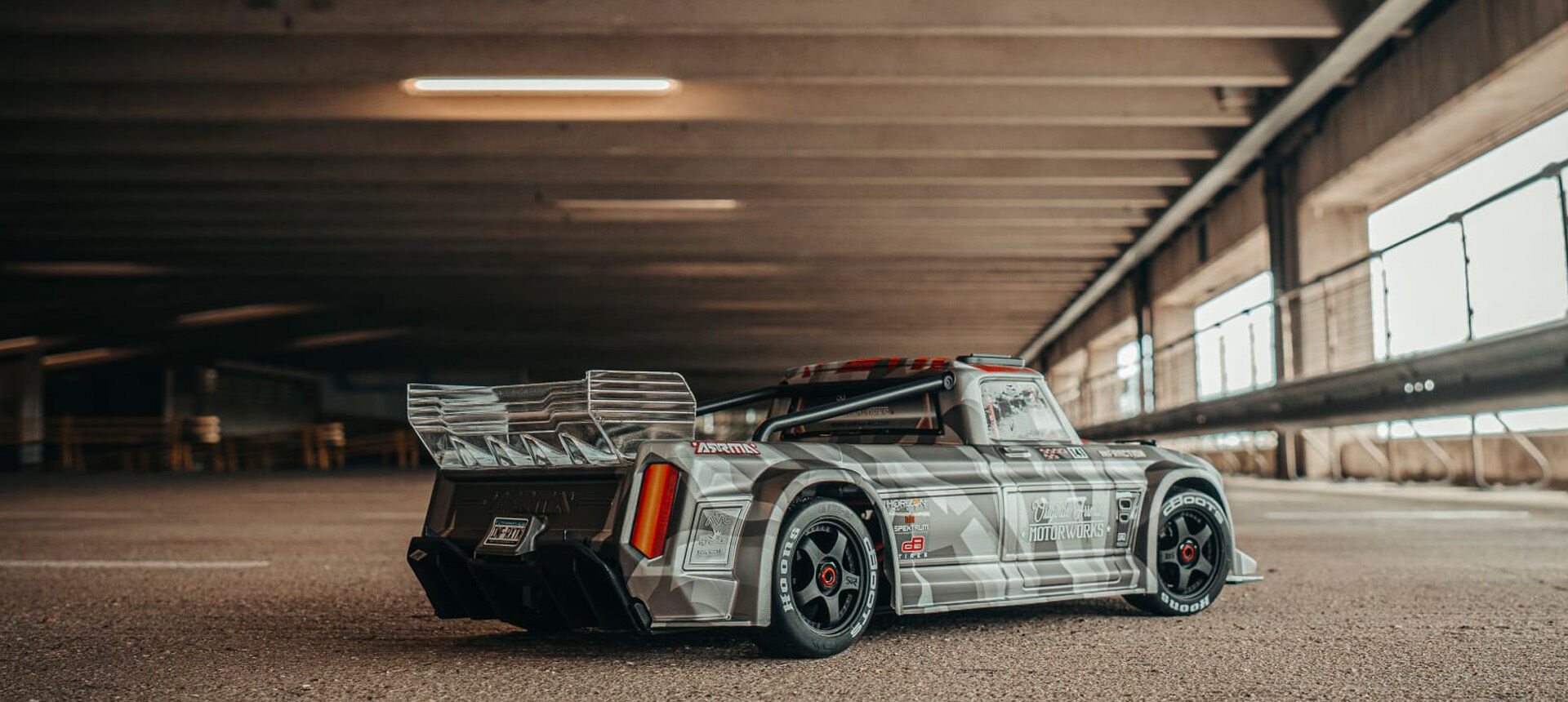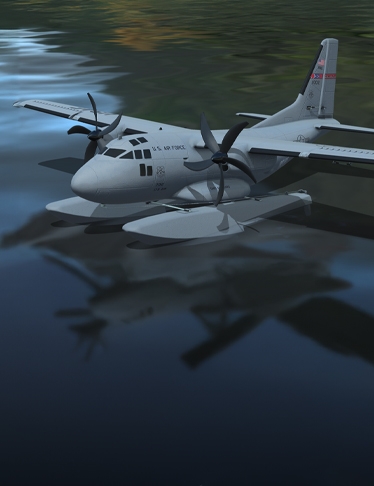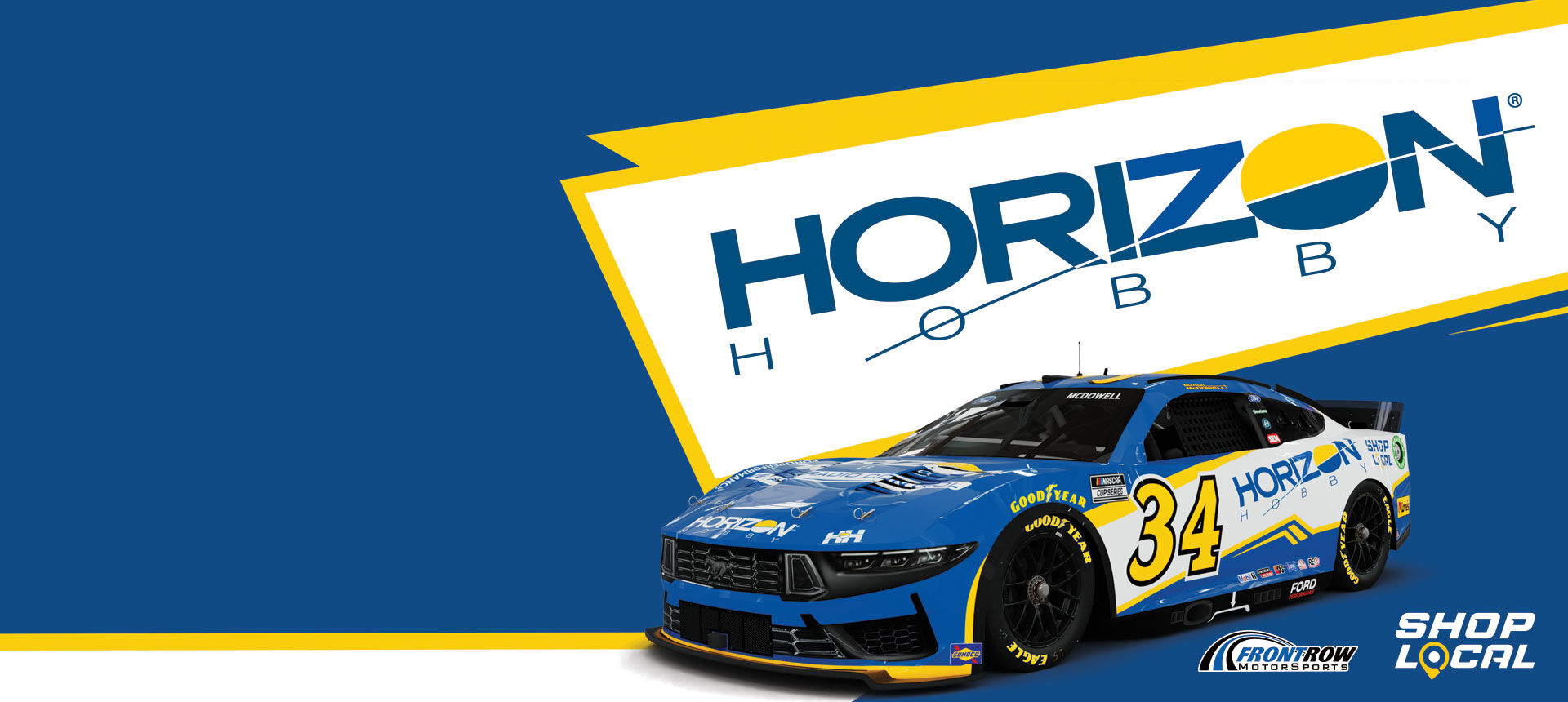
Get the Drift!
Posted: 7/12/22
RC car drifting is all the rage. Here’s how to get started.
RC car drifting is one of the most exciting things you can do with your radio-control vehicle. It’s fun, challenging, and recreates a full-size racing maneuver that drives spectators wild. Remote control car drifting also isn’t that hard to do once you learn about the equipment, surfaces, and driving techniques that make it easier to accomplish. And while there are RC cars specifically designed to be RC drift cars, other street cars can be turned into drifters.
If you don’t already know, drifting is a series of controlled slides that allow a full-scale race car or radio control car to move through the curves and corners of a track more quickly than the conventional way (in which all four wheels grip the surface). The driver intentionally oversteers, causing the tires to lose traction and the car to skid or slide. Through precisely timed braking, accelerating, and counter-steering, a skilled driver can control those slides and use them to maneuver rapidly through corners.
Mastering the basics of RC car drifting is easy. Perfecting your drift skills will take some time and practice. Using the advice that follows, you can get a successful head start into one of the fastest-growing segments of the RC car hobby: RC drift cars.
How to choose the best equipment for your RC drift car.
On any RC car or truck used for drifting, it’s especially important to choose your tires carefully. The friction of drifting causes an extraordinary amount of wear to RC drift tires. But there’s more to be concerned with than that.
You’ll want a clean set of slick tires on your RC car for drifting. Knobby tread or grooved tires will grip the surface too well for sliding. Tires with even light tread won’t drift as well as slicks. If you don’t have slicks available, you can reduce the tread depth on tires you do have by burning them against the ground to wear them down. Tires made specifically for drifting are available from the Integy and Tamiya brands. ARRMA® also offers dBoots® Hoons™ belted tires that are often recommended for drifting.
For the best throttle control, you may want to power your RC drift car with a sensored brushless motor. Bigger isn’t necessarily better. Less powerful motors tend to have the smoothest power delivery. The Spektrum™ Firma™ 85A Brushless Smart ESC and 3300Kv Sensorless Motor Combo provides decent speed with great control over your vehicle. It’s not so fast that you’ll have to fight with the car to drive it. Experienced RC drivers frequently have several motors in their pit bag to match their RC drift car’s power to the demands of the surface.
Of course, the type of RC car you use is going to make a big difference in your ability to drift. Don’t expect to pull massive skids using your RC monster truck. Ideally, you’ll want an RC car made for drifting. These are usually electric powered, with a stiffer suspension and lower ground clearance than the typical radio control buggy.
RC cars and RC chassis made for drifting allow for many tuning options and modifications. The suspension geometry will likely be fully adjustable out of the box and include drift-specific spring and shock setups. Using upgrades, you’ll be able to get the RC drift car to handle exactly like you want. With an RC drift chassis that has the right setup and your favorite body on top, RC drifting is unbelievably realistic.
The Redcat Racing Lightning EPX is a good example of a 1/10 scale electric RC vehicle designed specifically for RC drifting. Its drift-specific tires allow effortless drifting along corners while maintaining steady momentum. It also has a lightweight chassis that improves drift recovery and allows quick response to direction changes.
This doesn’t mean you can’t drift unless you have an RC drift car or drift chassis. You can, but not as well as with an RC vehicle made for drifting. Any RC car with rear-wheel drive will do. A 4-wheel drive radio control car will have too much grip and probably won’t be able to slide around the curves.
How to select the best surfaces for RC drifting.
If you plan to drift your RC car, the choice of driving surface is a very important consideration. Ideally, you’ll want to drift at an indoor track made specifically for RC car drifting, but there may not be one nearby.
The best alternative is to find terrain that’s as smooth as possible. Indoor floors are perfect, and a driveway or smooth pavement may also work well. You could set up your own track — many RC tracks are made from rubber, which is a great material for inducing drifts — but that could be expensive, and you’d need a lot of space. Avoid surfaces like gravel, rough pavement, or soil.
Learn the basic techniques for RC drifting.
When you have your RC car equipped for drifting with slick drift tires and you’ve located a nice, smooth surface for practicing, you’re ready to start learning the basic techniques for drifting. If you aren’t on a track, mark a curve with orange cones or rocks.
The first technique to learn is how to initiate a drift by accelerating your RC car into the curve. Completing an ordinary turn with any RC car is pretty simple. You just steer your RC vehicle in the desired direction. Normally you reduce speed somewhat so that all four tires stay in contact with the road. But if you want to make your RC car or truck drift through the corner, losing some tire traction is part of the plan.
To initiate a drift, brake as usual when approaching the curve and steer your RC car toward the apex. Then quickly accelerate faster than normal so your back tires lose their grip. The tail end of your car will start to slide. When it does, counter-steer back to neutral. You’ve just completed the first step in drifting. Keep practicing making the tail of your car slide smoothly. When you can do it consistently, you’re ready to try drifting all the way around a corner.
This time, approach the corner at high speed. Instead of braking and then turning, turn the steering wheel and brake hard at the same time to make the back end of your RC car lose traction. This starts your drift swing. Counter-steer to keep the nose of your car pointed toward the apex of the corner until your car slides around it, and then steer back to neutral as you exit the turn. Then, accelerate away!
Those are the basics of RC drifting. With practice and experience, you’ll be able to drift repeatedly through multiple curves and even change drift angles.
Troubleshooting problems with RC car drifting.
If you’re following the steps described above and are still having difficulty with drifting, here are some possible causes and solutions.
Make sure that the driving surface is slippery enough. The best alternative to an indoor track is a varnished surface. Unless it’s really smooth, even pavement can sometimes be too rough to allow RC cars to drift.
Make sure that you’re using a rear-wheel drive RC vehicle. While there are ways to make a 4WD radio control car drift, it’s much harder to do than with a 2WD car. By design, a 4WD RC vehicle grips the surface more securely. It’s a bit heavier as well, which also improves traction — exactly what you don’t want when drifting.
Make sure that your tires have no tread. The best RC tires for drifting are slicks. If you can’t get them for your vehicle, you can make them by wearing the tread off tires you do have.
For additional help succeeding with RC drifting, check with the drivers at your local RC car track or club. Other hobbyists who’ve mastered drifting will be happy to offer advice and support. You can learn a lot from their experiences.
Shop the story

Words by Wally Armstrong
Wally has been writing about the RC hobby since 1987, when he was hired by Hobbico as a Copywriter after completing his master’s degree in English in 1983 and teaching for several years. He managed the Hobbico copywriting team until 2018, when Horizon Hobby purchased the company and brought him on board as a Senior Copywriter. Wally especially enjoys getting a first look at new Horizon RC products from the Product Development teams – and having the privilege of sharing details about their innovations with RC hobby customers.
Related Articles

Setting Up a Real Flight Simulator to Practice Flying RC
An introduction to setting up a real flight simulator to practice flying RC airplanes and helicopters.
Learn More

Horizon Hobby Acquires PROTOform Race Bodies
PROTOform Race Bodies joins the Horizon Hobby lineup of radio control brands.
Learn More

Horizon Hobby Returns to Front Row Motorsports and Michael McDowell
After a thrilling victory on the road course last year at the famed Indianapolis Motor Speedway, the Horizon Hobby colors will return to defend its win with Michael McDowell and the No. 34 NASCAR team.
Learn More